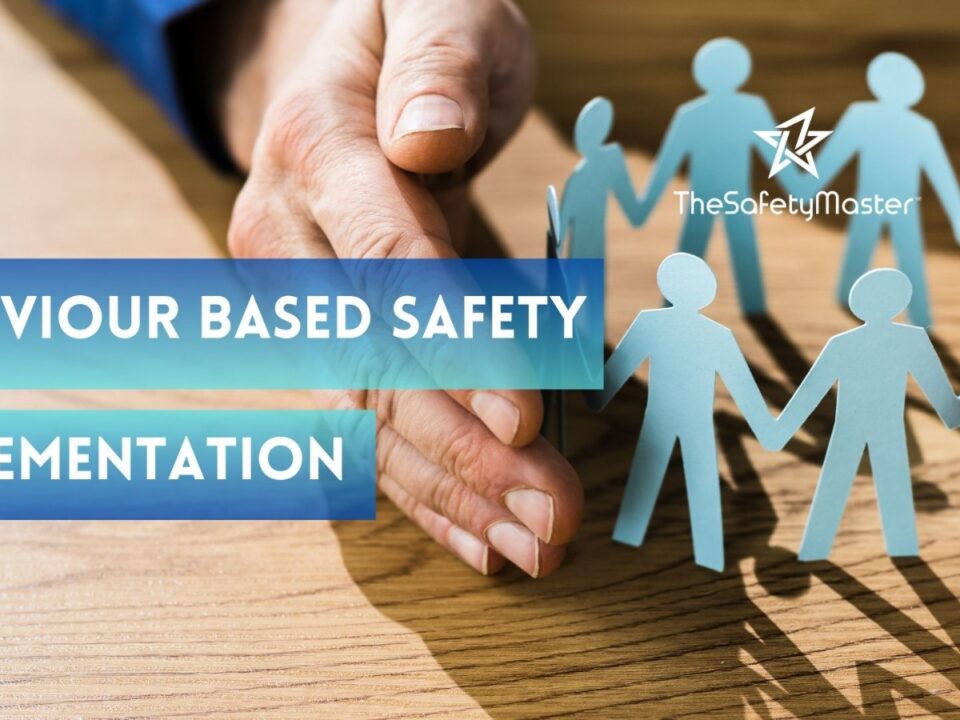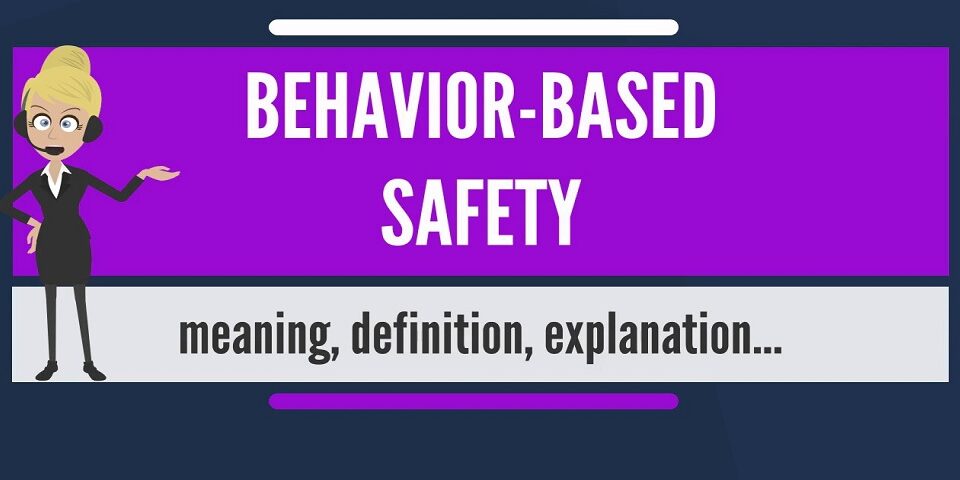Behavior Based Safety Metrics: Measuring Success and Continuous Improvement

Unlocking the Power of Process Safety: How HAZOP Training Can Safeguard Your Operations
August 5, 2023
Safety Audit as per Factory Act In India
August 7, 2023Behavior-Based Safety (BBS) is a proactive approach that focuses on understanding and modifying human behavior to improve safety outcomes in the workplace. It involves analyzing employee actions, identifying unsafe behaviors, and implementing interventions to promote safer practices. One of the critical aspects of a successful Behavior-Based Safety program is the measurement of its effectiveness through relevant metrics. This article will explore the importance of BBS metrics, how to measure success, and the continuous improvement process. Additionally, we will discuss TheSafetyMaster’s Behavior-Based Safety Training, which provides valuable insights into fostering a safety-oriented culture within organizations.
The Significance of Behavior Based Safety Metrics
Measuring the success of a Behavior-Based Safety program is crucial for several reasons:
- Quantifiable Results: BBS metrics provide objective data to assess the impact of safety initiatives on the organization’s overall safety performance. It allows safety professionals to quantify improvements in safety behavior and incident reduction.
- Identification of Trends: Analyzing BBS metrics helps in identifying trends and patterns of unsafe behaviors. These trends can then be addressed through targeted interventions and training.
- Benchmarking and Goal Setting: Metrics act as benchmarks for comparing safety performance over time. Organizations can set specific safety goals and track progress using these measurements.
- Engaging Stakeholders: Sharing BBS metrics with employees, management, and other stakeholders fosters transparency and encourages active participation in the safety process.
Key Behavior Based Safety Metrics
- Observation Rate: This metric indicates the number of safety observations conducted compared to the target number. A higher observation rate implies increased vigilance in identifying unsafe behaviors.
- Positive Feedback Percentage: Positive feedback given to employees for safe behaviors encourages the continuation of those practices. This metric reflects the effectiveness of the feedback process.
- Behavioral Improvement Rate: This metric quantifies the percentage of behavioral improvements made after implementing BBS interventions. It showcases the success of the program in modifying safety behaviors.
- Near-Miss Reporting Rate: An increase in near-miss reporting indicates a positive safety culture where employees are actively identifying potential hazards.
- Safety Participation Index: This index measures the level of employee engagement in safety initiatives and their willingness to contribute to safety-related activities.
Continuous Improvement Process in BBS
Continuous improvement is vital for the sustainability of a Behavior-Based Safety program. Organizations can follow these steps to enhance their BBS efforts continually:
- Data Analysis: Regularly analyze BBS metrics to identify areas that need improvement and potential trends in unsafe behaviors.
- Feedback and Training: Provide timely feedback to employees based on observations and reinforce safe behaviors through training programs.
- Employee Involvement: Encourage employees to actively participate in safety committees and decision-making processes, fostering a sense of ownership.
- Review and Adaptation: Periodically review the effectiveness of BBS interventions and adapt strategies based on changing safety needs.
TheSafetyMaster’s Behavior-Based Safety Training
TheSafetyMaster Private Limited offers comprehensive Behavior-Based Safety Training to organizations aiming to create a safety-oriented culture. The training program is designed to promote a safety partnership between management and employees, emphasizing the significance of daily safety behavior. Participants engage in practical and interactive sessions, including case studies and evaluations, to understand the principles of BBS thoroughly.
The program caters to employees at all levels within an organization, ensuring that safety awareness and responsibility permeate the entire workforce. Upon completion of the training, participants gain valuable insights into identifying unsafe behaviors and implementing effective interventions.
In conclusion, Behavior-Based Safety Metrics play a pivotal role in measuring the success of BBS programs, allowing organizations to track their safety performance and identify areas for improvement. The continuous improvement process ensures that BBS remains effective and relevant in promoting a safety-first culture within the workplace. TheSafetyMaster’s Behavior-Based Safety Training offers organizations the necessary tools and knowledge to implement BBS effectively and achieve significant improvements in safety behavior and outcomes.
Sanjeev Kumar Paruthi
Director & CEO
TSM TheSafetyMaster® Private Limited
Unit No 221-451-452, SPL1/J, 2nd & 4th Floor, Sunsquare Plaza Complex, RIICO Chowk, Bhiwadi 301019, Rajasthan, India
Phone: +91 1493 22 0093
Mobile: +91 7665231743/9413882016
Email: info@thesafetymaster.com




